How Important is the Pattern of Ming-style Hanfu?

Recently, the new drama Liang Chen Mei Jin (no English title for the drama) starring Ren Min and Cisha started filming. However, the styling of these two actors is somewhat hard to describe. No wonder many netizens are complaining and suggesting that the costume, makeup, and prop team should make some improvements as soon as possible.
I. Key Points of Ming Dynasty-style Styling
The costume style of this drama is in the fashion of the Ming Dynasty. When it comes to Ming Dynasty hanfu styling, what is most emphasized are the pattern of the clothes, their texture, and the issue of the garment’s looseness and sizing.
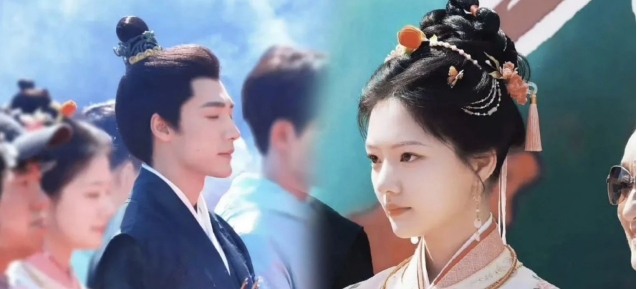
The pattern of the clothes can only be seen when they are laid flat. Therefore, the most obvious issue that can be identified with the naked eye is the problem of the garment’s sizing, which directly affects the overall pattern of the clothing. The “sizing” mentioned here refers to the “length of the full sleeves.”
For some formal attire patterns, the principle of “extending past the wrist when the elbow is bent back” is emphasized. That is, when cutting the fabric, enough room should be left for the arm to bend.
In this way, the length of the sleeves will not be affected when the arm is bent. When the wearer bends their arm, this kind of sleeve will present an elegant streamline shape.
It’s not to say that the longer the sleeves are, the better they look. But if they are too short, the clothes will look petty and unable to hold up the grandeur of the occasion.
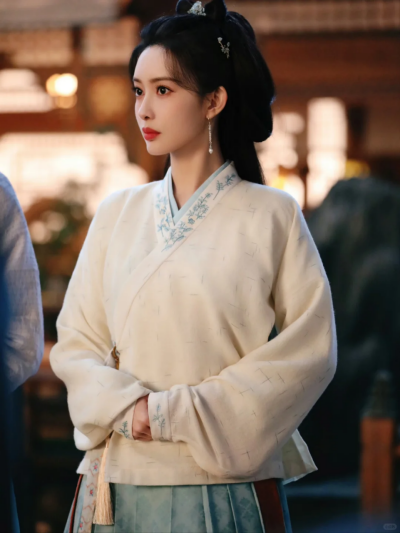
Previously, the costumes in Blossom (on the right side of the picture below) were criticized by netizens. The clothes basically had no allowance in sizing, making the person wearing them look as if they had a big head and a small body, with completely uncoordinated proportions. The shape of the sleeves was in an “eight” character shape, and when the clothes were put on, they looked extremely constricted, visually reducing the sense of layering.
Taking the pattern of a long jacket as an example, the sizing in The Glory on the left side appears to be more generous, and the overall Chinese outfits looks more dignified. Originally, if there was no comparison, it might not be easy to tell what was wrong, but once you make a comparison, the gap is incredibly obvious and can be clearly seen with the naked eye.
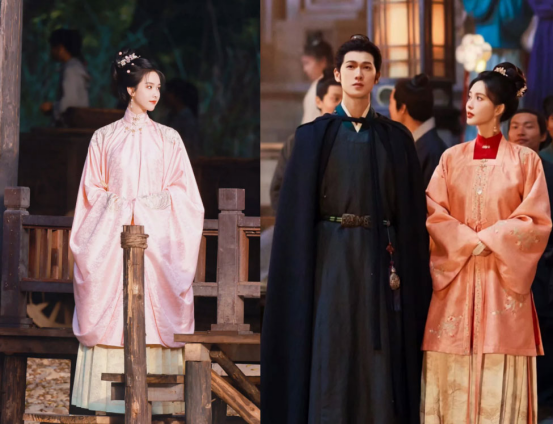
II. The Matching of Sleeves
Of course, when we are choosing to buy Ming Dynasty Hanfu ourselves, if we want to look noble and dignified, we should choose the style with large sleeves.
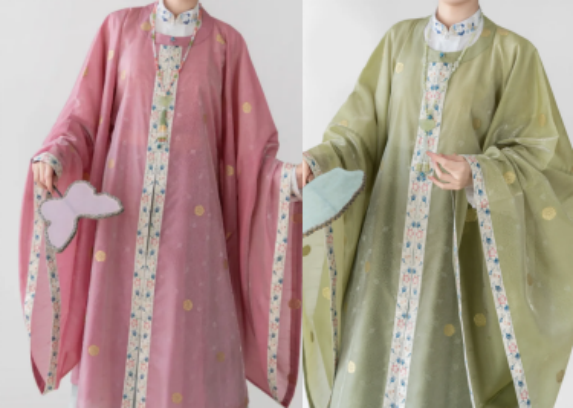
If we prefer a more casual and everyday look, we can select a pattern with sleeves of moderate width. Just choose the one that suits you according to different occasions.
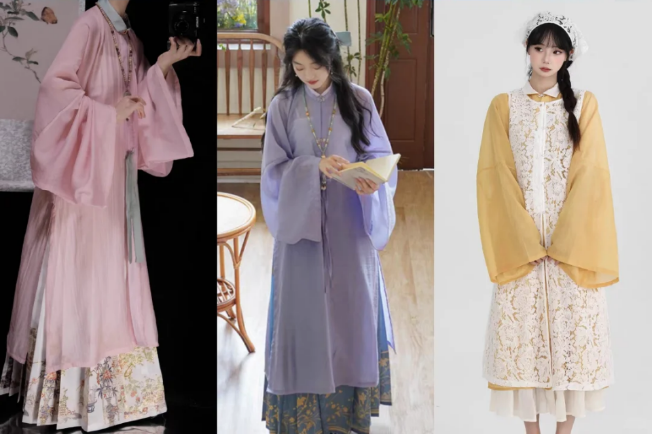
In a nutshell, the visual focus of an entire outfit should neither be too low nor too high. If it’s too high, it will make the outfit look top-heavy, and if it’s too low, it will seem overly cumbersome. Try to make the whole outfit look fresh and neat.
In traditional Chinese clothing, even for everyday long-sleeved garments, the length of the sleeves generally should cover the wrists. Not to mention the issue of elegance when the hands are directly exposed. The cuffs of this female pottery figurine from the Han Dynasty are a very typical example of the sleeves of Hanfu. Moreover, without proper etiquette, one’s standing posture and body language will also be affected. This kind of “八” Chinese character-shaped sleeve formed due to the small sizing allowance is more commonly found in kimonos. This is because of the limited resources and restrictions on ranks and specifications at that time.
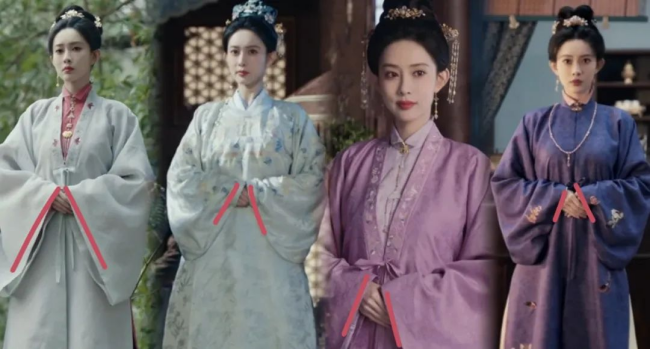
III. Issues with the Fabrics and Headwear in the Drama
In terms of the texture of the fabrics, when it comes to choosing the colors of their clothing, Chinese people often opt for more solemn tones (like official color in the previous blog). Generally speaking, plain and unadorned colors, whether dark or light, are the safest choices. The fabric styles in traditional Chinese clothing are also steady and understated, often incorporating elements such as subtle patterns, jacquard weaves, and gold or silver brocade techniques. From a distance, the clothing appears dignified and elegant, and upon closer inspection, it is full of details, which also matches the reserved temperament of the Chinese people. However, it is obvious that the fabric of the women’s clothing in this drama is of a texture similar to gauze, looking flimsy and lacking in texture.
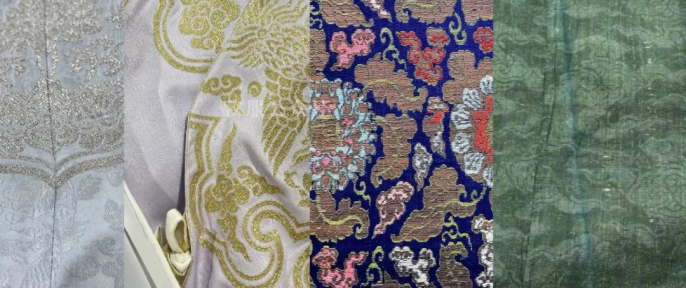
Apart from the clothing, Ren Min’s headwear also has a low-quality feel. When looked at closely, it is made of velvet flowers, but the scattered arrangement and the lack of a clear primary and secondary color combination make the same-color scheme look discordant at first glance. It gives the impression that good materials have not been skillfully utilized, just like having good ingredients but not a good chef to cook them.
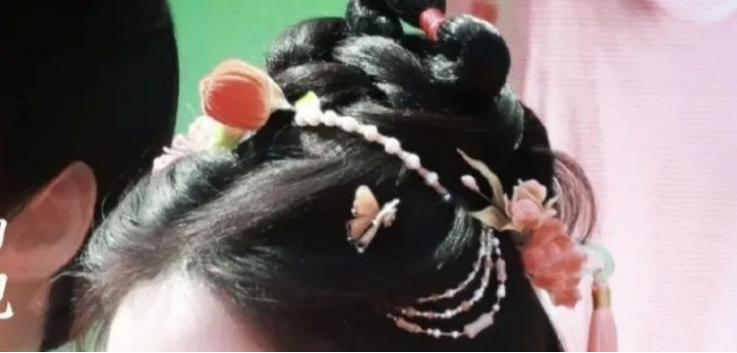
For example, in the drama Love Game in Eastern Fantasy, Miaomiao’s styling of “a garden on the head” features a large number of velvet flowers piled up. However, there is a contrast in colors and a clear distinction between the primary and secondary elements, giving people the impression that although there are many decorations, they are not chaotic.

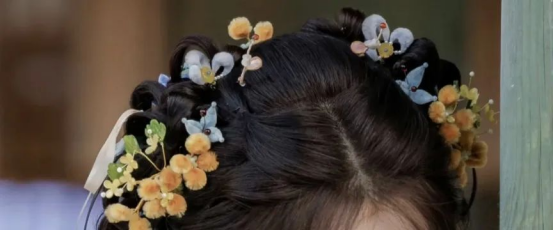
If one doesn’t want to go for a complex and elaborate style, they can follow the styling of Chen Duling in The Glory. In the early stage, her look was decorated with just a few velvet flowers, and after her character grew and developed, it was changed to gold accessories in the later stage. This also gives a sense of simplicity yet dignity.
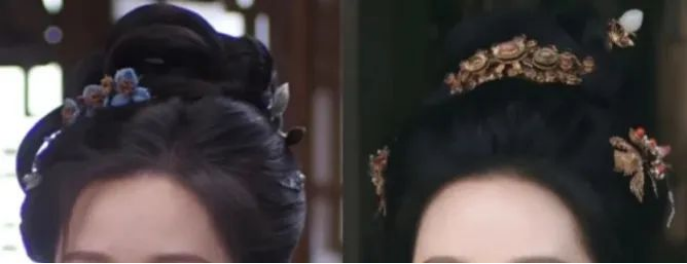
Netizens pointed out that the main problem with Cisha’s styling lies in his hairstyle. Since Cisha’s original styling with his real hair was praised by netizens, compared to the monotonous wig styles of male actors in other ancient costume dramas, it had a more realistic feel, and the temples looked more natural. However, the styling in this drama obviously forced a standardized wig on Cisha. Not only did it not add any positive points, but it also covered up his original styling advantages. After all, male actors with real hair styling in ancient costume dramas are extremely rare. What’s more, not to mention the fabric of the clothes, it still gives off a reflective feeling similar to that of old-fashioned satin.
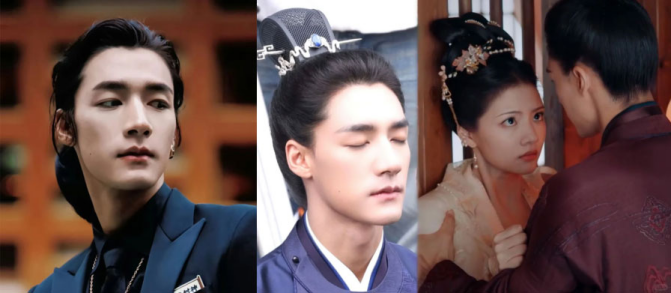
Summary
Currently, in ancient costume dramas, there are still prevalent phenomena such as small sizing allowances for costumes, semi-permanent wigs, and chaotic matching, etc. Although these dramas may not necessarily be those aiming for historical restoration, in traditional aesthetics, these aspects are at least considered “common sense”. The acting skills of the actors are one aspect, and the costumes, makeup, and props are another. Even if the acting skills are poor, if the costumes, makeup, and props are well done, it is still a treat for the audience’s eyes.
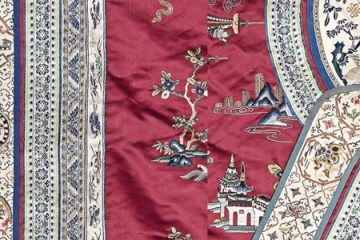
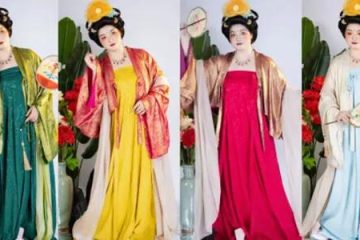
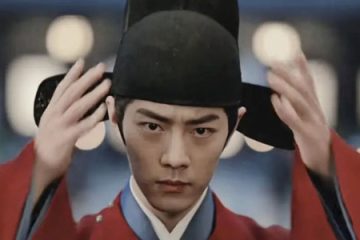
0 Comments